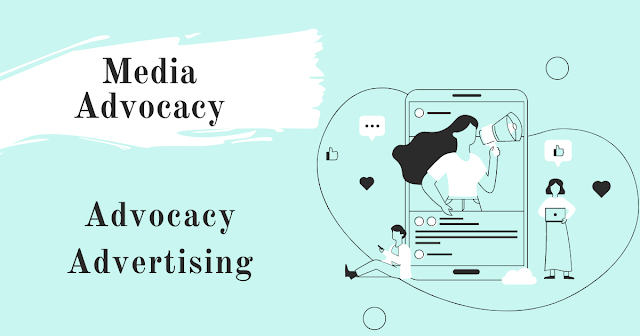What Exactly Is Advocacy Advertising?
Instead of selling a new product or service, advocacy advertising employs paid advertisements to support a cause or the interests of a certain organization. Advocacy advertising methods and strategies are similar to regular advertising, except NGOs or political campaigns employ advocacy advertising to raise awareness for a certain cause or social justice issue rather than to sell anything.
Advocacy Advertising vs Advocacy Marketing
Advocacy advertising refers to cause-based or social problem advertisements, whereas advocacy marketing leverages customer advocacy to help promote a product or service. Companies may leverage their consumers to engage in brand advocacy by posting reviews, alerting friends about the company, and sharing postings on social media by investing in excellent customer experiences.
Examples of Advocacy Advertising
Here are a few examples of advocacy groups that use this style of advertising and ad campaigns:
Nonprofits: Advocacy campaigns are used by organizations to generate awareness about their cause. For example, an organization working to recycle plastics may design an advertisement demonstrating the broader benefit of recycling and how plastics hurt the environment when disposed of in landfills. This ad approach supports recycling in general rather than the NGO in particular, so making it advocacy advertising.
Public interest groups: Lobbyists or public interest groups may produce advocacy ads centered on a specific political issue in order to mobilize voters. A group, for example, may place a billboard ad centered on a social issue without directly referencing a political campaign to remind voters of the necessity of voting if they have strong sentiments about the topic.
Social activists: Advocacy groups frequently undertake campaigns to raise awareness about their cause. A social activist organization, for example, can run a magazine ad with clear takeaways on real-world public issues and inspire their audiences to take a certain action.



0 Comments